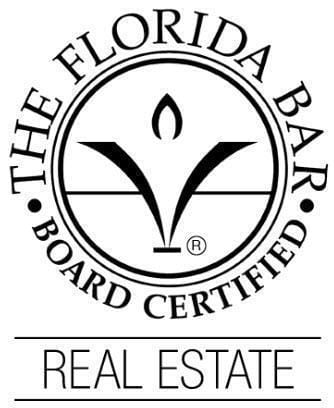When a business undertakes a real estate lease, they are often subject to paying a percentage rent. A percentage rent refers to the obligation to pay a landlord a percentage of income gained through the business.
Percentage rent commercial real estate leases should undoubtedly be approached with caution. This is because no business wants to find itself in a situation where huge amounts of income are being transferred over to their landlord. Therefore, you should understand both the pros and cons of percentage rent leases before moving forward.
Does percentage rent include a base rent?
It is typical for a percentage rent to include a base rent based on the size of the retail space. For example, it’s possible that the space would be charged at $15 per square foot, regardless of how much income is made on the property.
What is a breakpoint?
Percentage rent is not usually charged when small incomes are made. Instead, a breakpoint is made. A breakpoint is a set financial amount from which a percentage of rent will be paid. A breakpoint can be considered a natural or artificial breakpoint.
An artificial breakpoint is a set dollar amount decided on by both parties. For example, the parties may agree that after $500,000 gross income is made, the landlord should be paid 5% of all further income. A natural breakpoint in this situation would be the point at which the base rent becomes less than 5% of the total sales.
If you have concerns about signing a percentage rent lease, it is important to learn more about your options.




